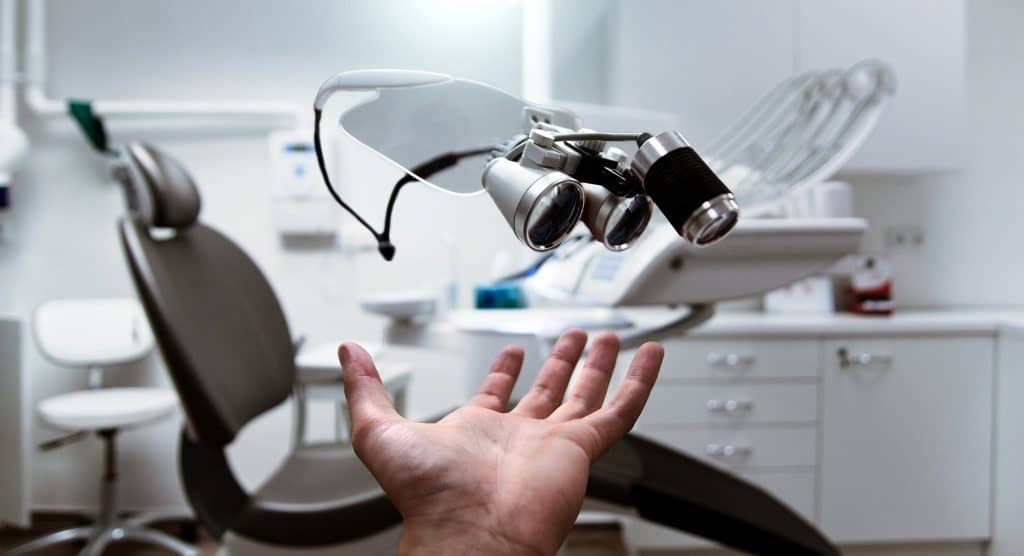An estimated sixty-one percent of the global population owns and uses some form of eyewear, be it glasses, contact lenses or a reading aid. Thousands of those people get expensive laser eye surgery every year. Thousands more get or lose valuable jobs based on the quality of their vision – the fact is, our society revolves around this most primary of senses.
Eyesight is what allows us to drive. It allows us to navigate, to build, to read body language and appreciate natural beauty. So many of us spend time glued to screens these days, so many of us stay up late, yawning and squinting until we can squint no more. Our precious eyes that enable so much are going through a lot, and whilst opticians are doing what they can, for now, the question remains: as technology evolves to put further strain on our sight, how too can it evolve to help and enhance it?
Tip Top Topography
Soft, cheap contact lenses are the latest in discreet eyewear – they’re able to mould and fit to an eye with ease in most cases, allowing for daily and disposable use when required. Impressive tech yes, but not yet streamlined completely. Professor Young spoke recently at a Visionaries Conference about going even further, individualising a lens fit and maintain a certain level of specialisation. There’s a minor worry that designers and opticians might become lazy perhaps, believing in a one-size-fits-all solution. This is, of course, never the case one hundred percent of the time, and moulding popular contact lenses per person could be the next step in comfort and eye health, orderable online with ease much like today. Just bring a prescription and some measurements!
Eye Health, Body Health
Source: Pexels
Speaking of contact lenses and health: researchers at the Ulsan National Institute of Science and Technology have begun testing ‘smart contact lenses,’ lenses with the ability to read and track certain physiological systems within the body. An inarguable upgrade to the best contact lenses already around today, users would be able to monitor things like their blood glucose levels when wearing the lenses, particularly helpful for all those suffering from diabetes. The first step in a new world of tech, without a doubt. The nanostructures involved here are what really allow for both the reading of levels and of their wireless transmission, and their relatively hefty presence is enabled by the smarter, softer contact lenses mentioned above. If we could tailor fits individually like Professor Young suggests, who knows what else might be able to be integrated. Virtual reality perhaps…
Electronic Vision
The Google Glass was the first step of many, providing a hands-free virtual overlay to the world around the wearer. Other products like the Oculus Rift, the HTC Vive and more have all spearheaded the entertainment side of things, but if we’re ever able to shrink that tech down to better glasses with smarter lenses, we truly would be living in the world of science fiction where more than games and film would be at our disposal. The internet, the breadth and depth of human knowledge, phone calls, hormone and blood levels; all these and more at our fingertips. The ideas are there. Now it’s just down to the engineers.

